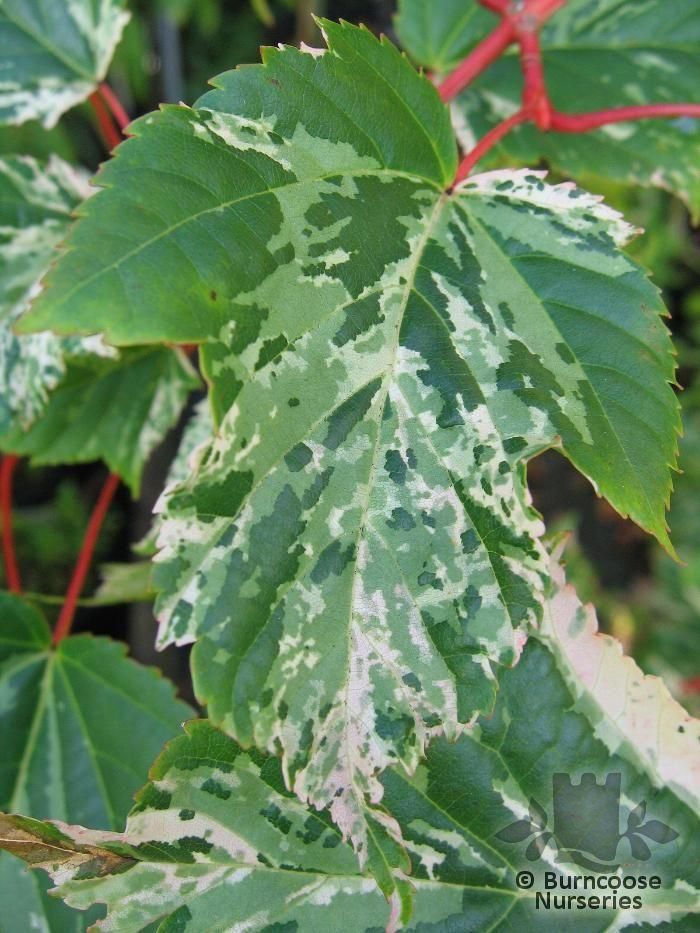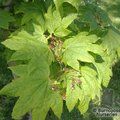ACER





ACER
Commonly known as Japanese maple
SPECIMEN SIZED VARIETIES OF ACER PALMATUM ARE IN 7.5 OR 10 LITRE POTS AND ARE ALL APPROXIMATELY 4-6 FEET IN HEIGHT.
SPECIMEN SIZED VARIETIES OF ACER PALMATUM DISSECTUM ARE SMALLER GROWING AND THEREFORE CONSIDERABLY SMALLER IN SIZE ALTHOUGH OF A SIMILAR AGE.
Genus of 120 species of evergreen and deciduous trees and shrubs, from woodlands mainly, in Europe, northern Africa, Asia and North and Central America.
Some form large trees and others are understorey plants. The most popular decorative forms are from the palmatum group, Japanese maples which have been cultivated in Japan for centuries and is a well-known temple tree and bonsai subject . They have appeared in art forms for centuries.
Palmatum (hand-like) was the name given by Swedish doctor-botanist Carl Peter Thunberg late in the 18th century, following the ancient Japanese where they were likened to hands of frogs or hands of babies.
The UK representative is the field maple, A. campestre, a medium-sized tree favouring chalk soils but widely planted. It is a wildlife plant attractive to aphids which are preyed on by ladybirds, hoverflies and birds. Caterpillars eat the leaves and the nectar and pollen in the flowers attract insects as well.
The wood has the highest density of all the European maples and is used for veneers and harps.
Full Plant Details - Sun/Soil & other attributes
-
 Good to know
More tolerant of full sun than most palmatums. Maximum size reached in about 20 years. 1.2m (4ft) high by 1m (39in) in 10 years
Good to know
More tolerant of full sun than most palmatums. Maximum size reached in about 20 years. 1.2m (4ft) high by 1m (39in) in 10 years -
 Pests & Diseases
Aphids, mites, scale insects, caterpillars, Verticillium wilt, leaf scorch, honey fungus
Pests & Diseases
Aphids, mites, scale insects, caterpillars, Verticillium wilt, leaf scorch, honey fungus -
 Place of origin
China, Japan, Korea
Place of origin
China, Japan, Korea -
DeciduousSmall, deeply lobed, pale green leaves 3-8cm (1¼-3in) long, opening brilliant pink, later turning green
-
Patio / pot plants
-
Suitable for small gardens
-
Fully hardy
-
 Height
3m (10ft)
Height
3m (10ft) -
 Spread
4m (13ft)
Spread
4m (13ft) -
Tall ShrubSlow-growing shrub. Inconspicuous flowers in spring. Winged fruits in autumn
-
 Pruning group 1
Suitable for: Deciduous and evergreen trees, and some deciduous shrubs.
Pruning group 1
Suitable for: Deciduous and evergreen trees, and some deciduous shrubs.
Pruning: Minimal pruning required. Prune wayward or crossing branches to maintain a healthy framework.
When: When dormant in the late winter/early spring. Some in the summer/autumn to prevent bleeding of sap.
Late autumn to midwinter -
 Hardy - very cold winter
Hardy in all of UK and northern Europe. Plant can possibly withstand temperatures down to -20°C (-4°F)
Hardy - very cold winter
Hardy in all of UK and northern Europe. Plant can possibly withstand temperatures down to -20°C (-4°F) -
Autumn Seasonal Interest
-
Spring Seasonal Interest
-
Fertile moist well-drained soil
-
 Full sun
Shelter from cold winds and late frosts
Full sun
Shelter from cold winds and late frosts -
 Partial shade
Partial shade
-
Mature Size3m (10ft)


4m (13ft)
View Planting Tips and Care Advice
- How to plant/move a shrub
- How to plant/move a shrub - Video Tip ondemand_video
- Fertisiling shrubs - Video Tip ondemand_video
- Mulching - Video Tip ondemand_video
- Pruning a shrub - Video Tip ondemand_video
- Summer propagation - Video Tip ondemand_video
- Taking semi-ripe cuttings -Video Tip ondemand_video
- Self-sown seedlings - Video Tip ondemand_video
- Trimming a shrub - Video Tip ondemand_video
- Weed spraying - Video Tip ondemand_video
- When is the right time to collect seeds?
- When are seeds actually ripe and ready for collection?
- Magnolia seed collection - Video Tip ondemand_video
- Cornus capitata seed collection - Video Tip ondemand_video
- Lithocarpus Seed Collection - Video Tip ondemand_video
- Rhododendron seed collecting - Video Tip ondemand_video
- Camellia seed collection - Video Tip ondemand_video





